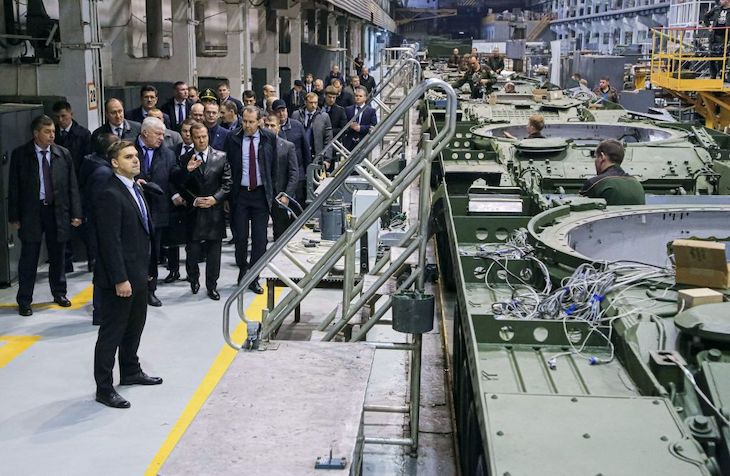‘You need to understand that if Europe is under attack we will never come to help you and to support you,’ Donald Trump reportedly told top European officials while he was U.S. president. In the present situation, with a war not seen on this scale since 1945 being fought in geographical (if not yet political) Europe, it’s now imperative for the region to review its reliance on the White House, its assumed ally and source of support since the end of WW2.
Already a subscriber? Log in
Subscribe for just $2 a week
Try a month of The Spectator Australia absolutely free and without commitment. Not only that but – if you choose to continue – you’ll pay just $2 a week for your first year.
- Unlimited access to spectator.com.au and app
- The weekly edition on the Spectator Australia app
- Spectator podcasts and newsletters
- Full access to spectator.co.uk
Or




















Comments
Don't miss out
Join the conversation with other Spectator Australia readers. Subscribe to leave a comment.
SUBSCRIBEAlready a subscriber? Log in